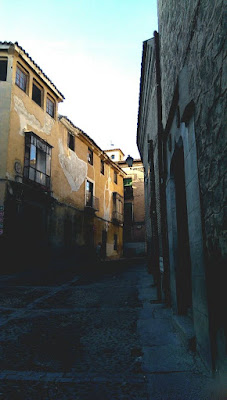Every year Brewery Art District open their studios for public to visit.
I was too overwhelmed by the surrounding and ended up only doing one sketch. It's good to just walk around and take in the experience of bring present. I must be honest I was more interested in how artists decorated their studio space more than their artworks.
A lot of their kitchens looks interesting.
Kitchen will tell you a lot about the habit of the person who lives there.
(Sometime the restroom in a restaurant reveals a lot about the restaurant too)
I bet most people are not interested in looking at laundry room in the studio building, but look at those clothes just laying in the laundry machine without their owner. Who left it there?
The buildings themselves are very cool because they were mostly repurposed warehouse. You find traces of what they used to be.
I particular like this studio because it looks like a working space instead of a display. If it was just a display I said their've done a superb job at fooling me.
Lot of plants and pots all around the Brewery
One thing I learn about designing environments is not just make it look good but let it tell us story about the person who lives there.


















































